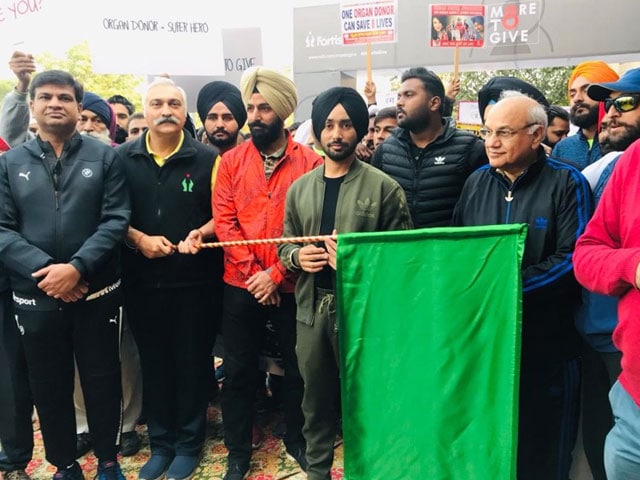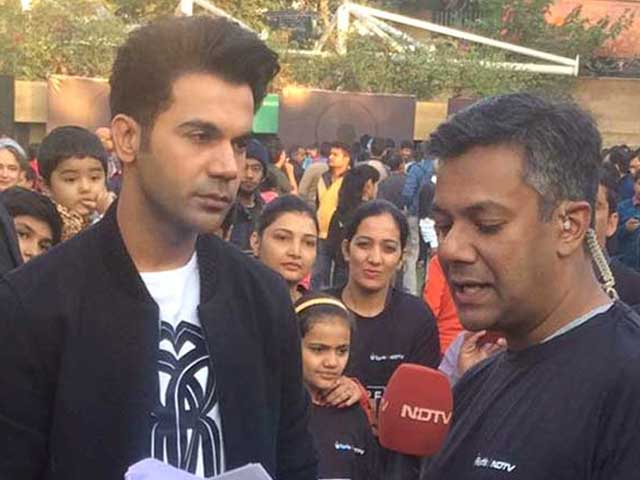
New Delhi: Did you know that an organ donor can donate upto 25 different organs and tissues on an average for transplantation? And a single donor can save upto nine lives! Despite this optimistic fact, nearly half a million people die annually in India due to unavailability of organs. In other words, one patient dies every minute because of not receiving an organ. The reasons range from lack of awareness about organ donation and so lack of enough people willing to donate to lack of infrastructure needed to facilitate donation and transplants in India. So the first step is awareness and increasing rate of organ donation in India. Here is all you need to know about how organ donation works from the donation to the transplant stage.
- How to be a Donor?
Organ donation is a voluntary process, where once an individual decides to donate in his lifetime he/she can fill up a form either online or in a hospital to register to show his/her intent to donate and once registered, he/she will get donor card. But the card is not legally binding and the final consent to donate is taken by the family members. The second way that deceased donation takes place is when a patient is declared brain dead, which means a there has been a permanent damage of all brain functions and the condition is irreversible.
Also Read: Life After Death: We Can Save Up To 7 Lives By Donating Organs
- Process to Declare Brain Death
To ensure that the patient is brain dead, a team comprising hospital doctors and one civil/government doctor conduct a series of tests twice in a time frame of 4-6 hours. A death certificate is issued after no stimuli are observed.
- Post declaration of Brain Death
Once the death certificate is issued, the treating doctors inform the family about the functioning organs that can be donated. If the patient is already a registered donor the process of convincing the family becomes easier as the donor card advocates the patient’s will to donate organs. However in both the scenarios, whether the patient is a registered donor or not, since the decision lies with the family – only after they give their consent to donate the organs, the protocol of organ transplantation is initiated. After the family gives its consent a hunt begins for a potential recipient.
Also Read: ‘One Lakh Die Due To Brain Death But Only 300 Take Up Organ Donation’
- Hunt for the Recipient
A person in need for an organ transplant needs to be registered in the waiting list handled by National Organ and Tissue Transplant Organisation (NOTTO). Once registered the recipient has to wait until a matching donor comes in place. After a suitable donor is identified based on medical compatibility, the recipient is informed about the donor and that the transplant may take place
Also Read :How Can India Bridge Its Organs Demand-Supply Gap? Experts Speak
- How Is Recipient Shortlisted?
If the recipient is registered within the hospital where the deceased donor is then the organ is directly given to the patient. If the potential donor is not found within the hospital, the transplant coordinators of the hospital will notify NOTTO. It acts as the apex centre that looks after the nationwide coordination and networking for procurement and distribution of organs and tissues.
This waiting list has four categories depending the on the blood group type. From this waiting list, the NOTTO will find out the recipient who matches the donor.
In cases of out-of-turn organ transplants, NOTTO is the authority that gets to decide who needs the organ on priority.
After the donor’s organ matches with the recipient’s requirement, the process of organ retrieval or organ harvesting begins. It is then packed in a green or a red coloured organ transplantation icebox.
Once the retrieval process is over, the deceased body is given to the family in a dignified way without any kind of disfigurement. Right from the time the family gives consent for organ donation till the time they receive the body, all the expenses are borne by the hospital.
It is to be noted that the shelf life organs is very limited with kidney having the highest stipulated time of 72 hours once it is outside the body. A brain dead person’s organs may stay alive for a couple of weeks. However, once the organs have been removed from the body they have limited life spans and hence the donor and recipient surgeries are synchronised.
Also Read: Why India Should Step Up And Donate Organs For Patients Waiting In The Dark








